Is Reactive Power Useful? Importance of Reactive Power
What is Reactive Power and Why is It Important?
In recent years, the reactive power control has been the subject of a systematic study as it plays an important role in maintaining a secure voltage profile in a large scale transmission system. Though it is a byproduct of alternating current systems, it is needed for the acceptable functioning of various electrical systems such as transmission lines, motors, transformer, etc.
It is essential for the operation of all most all of the electromagnetic energy devices for producing the magnetic field. In some cases it is forcefully injected into the power system network to maintain higher node voltage. Let us discuss the importance of reactive power in brief.
What is Reactive Power?
It is the quantity that has become a fundamental concept to the analysis and understanding of AC electric power system. In general, this quantity is only defined for Alternating Current (AC) electric systems.
Note: You can check the funny but logical definition of Reactive Power here.
It is one of the total power components in an AC circuit that has its origin in the phase shift between a sinusoidal voltage and current waveforms. It is defined as the amplitude of power oscillation with no net transfer of energy.
It is a consequence or byproduct of an AC system that travel back and forth in the power conductor, i.e., flowing to reactive components from a source during one half cycle and back to the source during another half cycle of an AC waveform.
The average value of power is therefore zero, which implies that the load never get consumes reactive power. In case of a three phase circuit, at any instant reactive powers of three phases add up to zero. To differentiate from active power which performs useful work, reactive power is measured in “VAR” that stands for Volt-Ampere-Reactive, rather than in Watts.
It can be expressed as Q = S sin ϕ
Q = VI sin ϕ
Q = P tan ϕ
Where S = apparent power and P = active power.
Reactive power is temporarily stored in the form of electric or magnetic fields that flows back and forth due to capacitive and inductive components. Reactive power can be generated as well as absorbed by power transmission system elements by virtue of shunt susceptance and series reactance respectively.
As discussed, it has its origin in phase shift, if current through a device lags the voltage, then the device consumes reactive power. Depending on the phase shift between the voltage and current, the amount of reactive power consumption of the device is decided.
Since the reactive power is simply moving back and forth in the line (transmission line or any other conductor), it acts as an additional load. So the reactive power is considered for rating of all cables, transformers, switchgear and other electrical equipment.
This implies that all those installations need to be designed for the apparent power which considers both active and reactive power. If the reactive power exists in excess amounts, it will greatly reduce the system power factor and hence lowers the operational efficiency. This causes undesirable voltage drops, greater conduction losses, excess heating and higher operational costs.
In order to overcome these limitations, reactive power compensation techniques are generally employed in electrical transmission systems to improve system efficiency and even for power factor correction. On the other hand, reactive power is important for proper operation of electrical equipment for several reasons that we will discuss briefly in this article.
The aim of this article is to give a normal statement that a sufficient quantity of reactive power is needed to run many electrical devices as well as power system network and which is provided by the reactive power sources exactly at the location where it is consumed.
Sources and Sinks of Reactive Power
Reactive power is generated or absorbed by many equipment connected to the power system network. The reactive power flow through the network is therefore controlled by these equipment. Let us have a look at these reactive power sources.
Generators: Synchronous machines able to generate or absorb reactive power depending upon DC excitation to its field winding. It generates the reactive power when over-excited and absorbs reactive power when under-excited. It is most commonly used source of reactive power for voltage control.
Capacitors and Reactors: Capacitive and inductive devices are used in series and shunt compensation techniques to control reactive power thereby to regulate system voltage and stability. A capacitive compensator generates reactive power, whereas an inductive compensator absorbs reactive power.
Series capacitor compensation is generally applied for transmission lines to generate reactive power when it is most needed while shunt capacitors are installed at substations in load areas to generate reactive power and for keeping voltage within limits. Reactors (shunt) are mainly used to absorb the reactive power to keep the voltage down and also to compensate capacitive load on the line.
Transmission Lines and Underground Cables: Both transmission lines and cables absorb and generate reactive power. A heavily loaded transmission line consumes reactive power, decreasing the voltage of the line whilst a lightly loaded transmission line generates reactive power, increasing the voltage of the line.
Solid State Converters: There are several solid state converters in-use in power system operation, such as HVDC converters. These converters always consume reactive power when they are in operation. For this reason, most of the converters use reactive compensation devices to control reactive power requirement of the converters.
Transformers: In order to produce a magnetic field, transformer need reactive power, therefore it absorbs the reactive power. The reactive power consumption of a transformer depends on rating and current loading.
Loads: There are many reactive power consuming loads that have a great impact on bus or system voltage and stability. Some of these loads include induction motors, induction generators, arc furnaces, discharged lighting, constant loads such as (induction heating, space heating, water heating, and air conditioning.
Importance of Reactive Power
Reactive power is both the problem and solution to the power system network for several reasons. It plays an important role in the electrical power system for various functions such as satisfying the reactive power requirement, improving the voltage profiles, decreasing the network loss, providing sufficient reserve to ensure system security in emergencies, and other several functions. Let us discuss some of the reasons in brief, which makes reactive power so important.
- Voltage Control

If the load on power system source increases, the voltage drop in power system components increases thereby voltage at the consumer terminals decreases, and vice-versa. These voltage changes on the supply system is undesirable as it deviates the actual performance of the equipment at the consumer end such as lamps, motors and other equipment sensitive to voltage variations.
A power system, therefore, must be designed so as to maintain those voltage variations by providing voltage-control equipment at suitable places. The most common method of maintaining the voltage profile is through injecting and absorbing reactive power. In general, increasing reactive power causes the system voltage to rise while decreasing reactive power causes voltage to fall.
The voltage control equipment is placed in two or more than two places (by avoiding long distance transmission of reactive power due to excessive reactive power losses) in the power system network because there will be different voltage drops in different sections of transmission and distribution systems and also load characteristics will be different in various circuits of the power system.
Most commonly this equipment is placed at power generating stations, transmission substations and feeders.
Different techniques are used for controlling voltage in the power transmission line such as excitation control, tap-changing transformers, shunt capacitors, series capacitors, synchronous condensers, and boosters. Each method has its own advantages and disadvantages. Depending on the suitability, availability and expensiveness, these methods are employed for controlling the receiving-end voltage.
In case of highly loaded condition (i.e., reactive power demand is more than that of the supplied), the more current is drawn from the supply that leads the receiving-end voltage to fall drastically. If there exists greater voltage drop, it causes to trip the generating units, equipment failures and overheating of motors.
Under this condition, automatic operating mechanism or relays activate the reactive power equipment such that reactive power is increased (for instance, generator excitation terminal voltage is increased to provide more alternating current to the alternator) to bring back the voltage to rated value. This is also achieved with series reactors and series capacitors.
In case of light loaded condition (i.e., power demand is less than the supply of reactive power), receiving-end voltage rises to a greater value. It will cause to insulation damage to machines, lower power factor and automatic tripping of equipment.
Under this condition, additional reactive power in the lines is compensated by automatic reactive power compensation equipment such as synchronous condensers, excitation control by alternator, shunt capacitors and reactors.
- To Satisfy Reactive Power Demand
Some loads such as transformers and HVDC converters need reactive power for their proper functioning. When the loads have large reactive power demand, the voltage drop will take place.
As the voltage drops, more current will be drawn from the supply to maintain the power, causing the lines to consume more reactive power and hence voltage drop further. This will lead to voltage collapse if voltage drops too low. This voltage collapse causes to tripping of generators, instability of the system and tripping of other equipment connected to the power system.
This voltage collapse is due to the fact that the power system unable to supply reactive power demand of load which is not being met due to shortage of reactive power generation and transmission.
In order to overcome this, reactive power sources like series capacitors are connected to the loads locally where reactive power is required by the loads. However, utility companies charge consumers as a penalty for reactive power demand if the loads draw excessive reactive power over allowable reactive power demand.
- To Reduce Electrical Blackouts

- To Produce Magnetic Flux
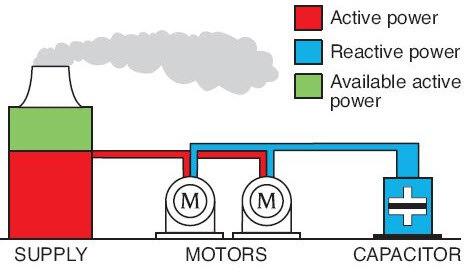
This is a small note on the significance of reactive power. Hope you get an idea on this concept. Perhaps, you have a great knowledge on this topic, so please feel free to add any comments, experiences and more information about this topic in comment section below.
Related Posts:
- What is Electrical Power? Types of Electric Power and their Units
- Active, Reactive, Apparent and Complex Power
- Analysis of Reactive Power in Power System

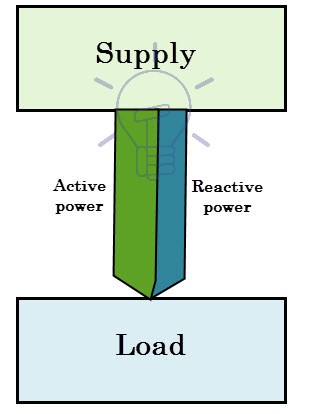
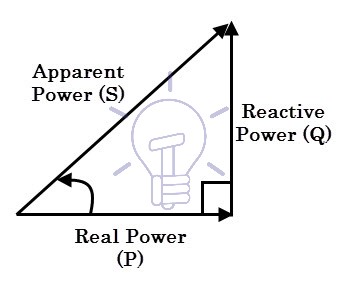
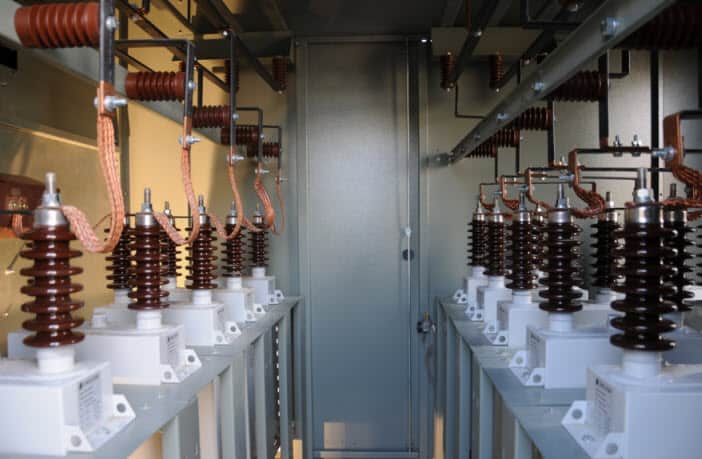
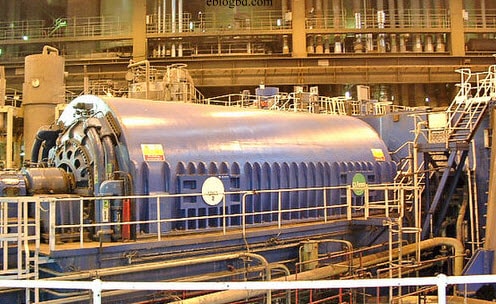
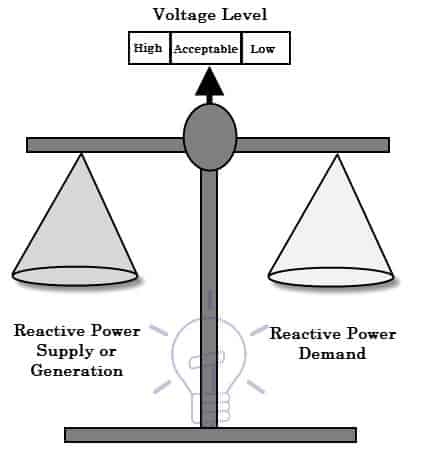






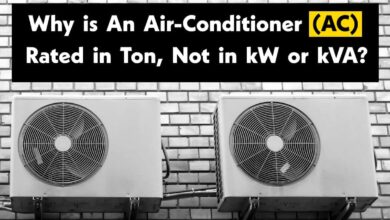
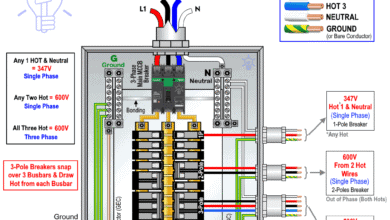
useful tutorial
very helpful, thanks a lot when I was in the.university, we always try to skip ac components except for exam purposes. but you’v really made it easy to understand. I am hooked to your website. I would post some practical challenges Iv encountered in.these topic. hope to hear from you. thanks
I am a Construction Supervisor with background as a High Zvoltage Journryman Lineman, my throry training is limited to need to know infor for safety and functionality. It just so happens that I sm in the middle of a large Transmission Sub Capacitor project and I really enjoyed this article. Thanks for your time and expertise! I certainly gained a bit of understanding and insight.
Glad to know it helps at least someone… Looking forward to gain some knowledge from you as well… Thanks
I like the update with the brush less dc motor.
Nicely explained.
thank u for this explanation.
What is the difference in the purpose of using series and shunt capacitor.
its better to give some more information about this
The reactive power concept is now clear .
I wants to know this concept through vector diagram .
If you have such kind of data then send me on my email is rupeshsuthar@ymail.com
useful tutorial for me
useful tutorial for me specially the topic Sources & Sinks of Reactive Power
Sir
Is the load also produce reactive power. If so what will happen and how can it be removed
thank you so much i have gained lot of knowledge regarding this particular topic….i clearly understood the actual concept what i need…
Please give explanation of voltage control by reactive power with mathematical equations
A very clear and understandable article on reactive power/ power networks.
Thanks to the publisher
Thank you so much guys, It helps me a lot for my studies.
Thank you… im teacher and this text its useful for my children…
Please publish generator characteristics during over and under excitation condition
I have learned alot from this article. I have gotten most of the answers to the questions i have been wanting to ask but no 1 to ask
It is very useful and informative article……thank you very much.
Thank you for the new found knowledge; it really shed some light on the misconceptions of reactive power.
Thank you for providing us with knowledge.